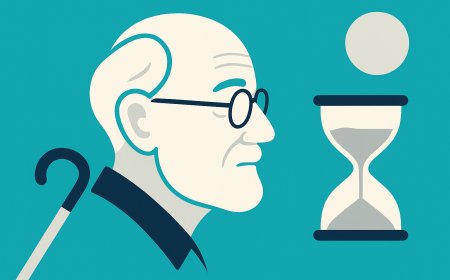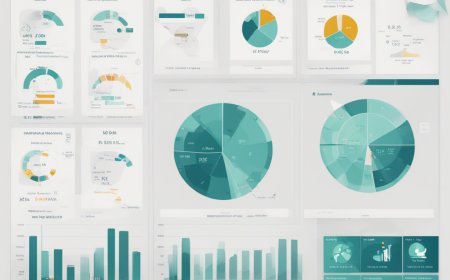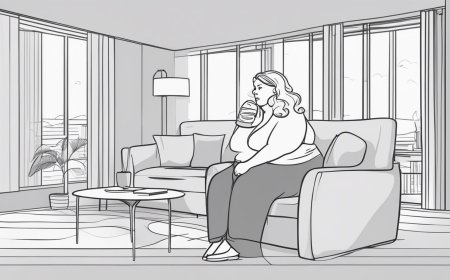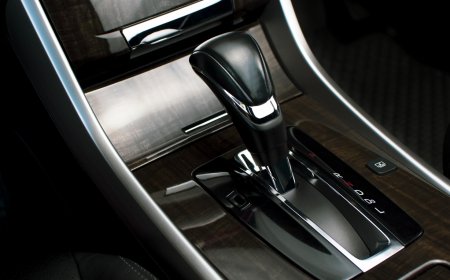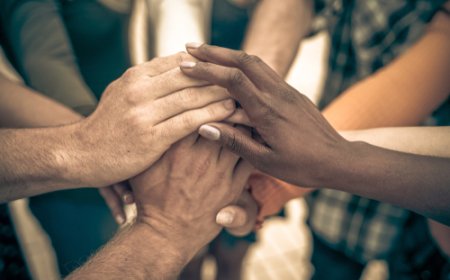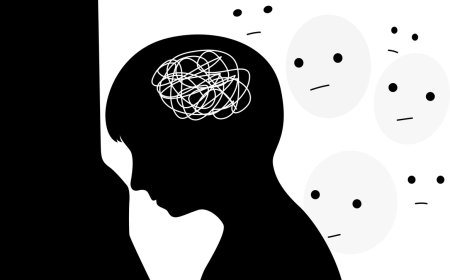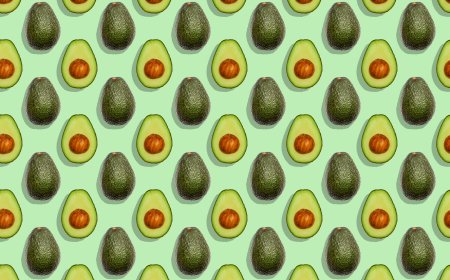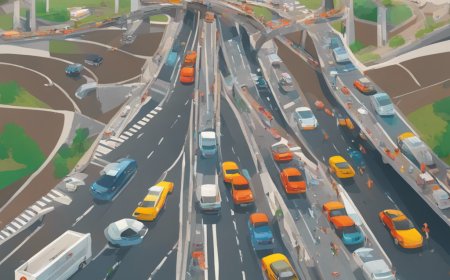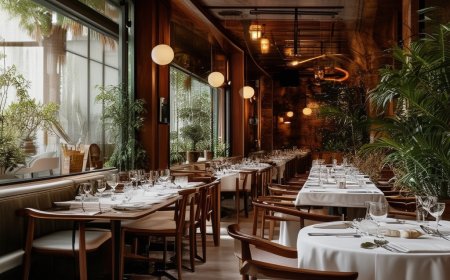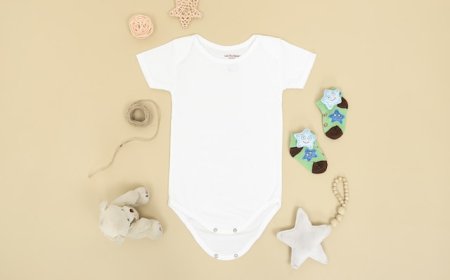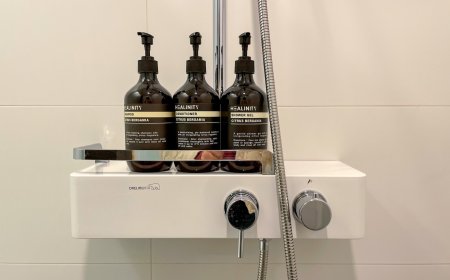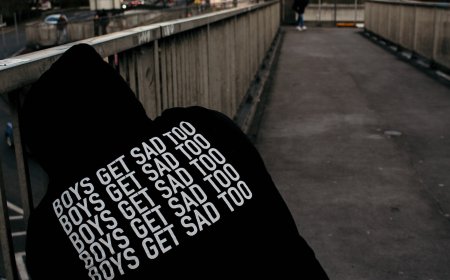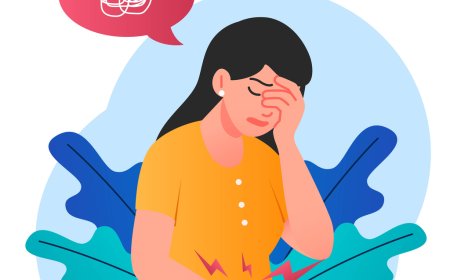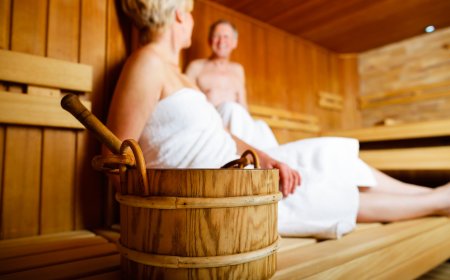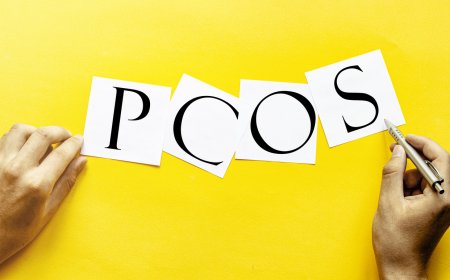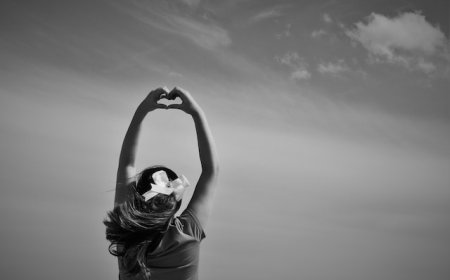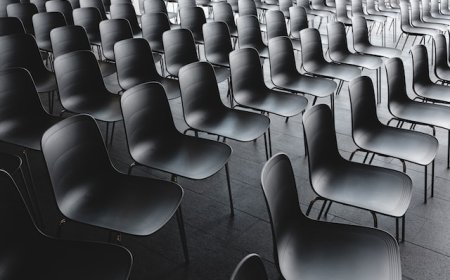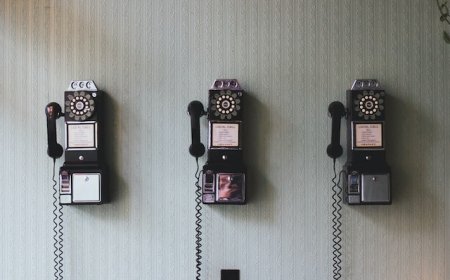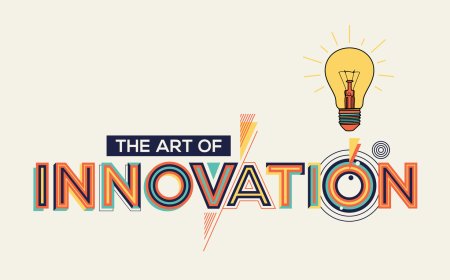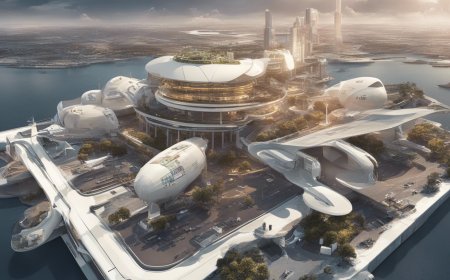Why People Pick Crowded Restaurants Over Empty Ones: The Psychology Behind Our Choices
In today's world, dining out has become a popular pastime and a way to socialize or unwind. As we walk down a busy street looking for a place to eat, we often find ourselves drawn to crowded, bustling restaurants rather than empty, quiet ones. But what exactly drives this preference? In this article, we'll delve into the psychology behind why people choose crowded restaurants over empty ones and uncover the factors that influence our dining decisions

One key factor that drives people to choose crowded restaurants over empty ones is the concept of social proof. Social proof, a psychological phenomenon that occurs when people conform to the actions or opinions of others, plays a significant role in our decision-making process. In the context of choosing a restaurant, when we see a crowded place, our brains interpret this as a sign that the food must be good and the establishment must be reputable. This automatic assumption is based on the idea that if many people are willing to dine there, the restaurant must be doing something right.
Social proof can manifest in various ways, such as online reviews, recommendations from friends, or simply observing the behavior of others. When we encounter positive social proof, our confidence in a particular choice increases, and we are more likely to follow suit. This is why online review platforms such as Yelp or Google Reviews have become an essential tools for diners in selecting where to eat. A restaurant with consistently high ratings and a large number of reviews is perceived as a safe and reliable choice.
Another factor that contributes to our preference for crowded restaurants over empty ones is the ambiance. A bustling, lively atmosphere in a restaurant often signifies good food and good times. People generally want to feel like they are part of a lively, social environment, as it enhances the overall dining experience. In contrast, an empty restaurant may evoke feelings of unease or discomfort, as the lack of patrons could indicate poor food quality or subpar service.
The reputation of a restaurant also plays a crucial role in our dining decisions. A well-known establishment with a strong history of success is more likely to attract a crowd. These restaurants often have a loyal customer base, and their reputation precedes them, drawing in new patrons who want to experience firsthand what all the buzz is about. In comparison, an empty restaurant may be perceived as lacking a solid reputation, which can deter potential customers from giving it a chance.
The Role of Fear of Missing Out and Novelty in Choosing Restaurants
Another aspect that contributes to our preference for crowded restaurants over empty ones is the fear of missing out (FOMO). FOMO is a psychological phenomenon that occurs when people feel anxious about missing out on exciting or interesting experiences that others are having. When we see a crowded restaurant, we may assume that something special or unique is happening there, and we don't want to miss out on the opportunity to be a part of it. This urge to join in on the fun can lead us to choose a busy place over an empty one.
The desire for novelty and new experiences also factors into our decision-making process when selecting a restaurant. People are often drawn to what's new and trendy, and a crowded restaurant may signal that it offers something fresh and exciting. The restaurant industry is constantly evolving, with new culinary trends, fusion cuisines, and innovative chefs capturing our attention. A bustling restaurant may be seen as a hotspot for the latest food trends or a place where renowned chefs showcase their skills, which can attract patrons seeking new dining experiences.
Visual appeal plays a significant role in attracting customers to a restaurant. A well-designed space with eye-catching decor and a welcoming atmosphere can draw in passersby and create a sense of curiosity about what's on offer. When a visually appealing restaurant is also crowded, it further reinforces the idea that it must be a popular and worthwhile dining destination.
Word-of-mouth is another powerful factor that influences our dining choices. When we hear friends, family, or colleagues raving about a particular restaurant, we are more likely to trust their opinions and give the place a try. These personal recommendations can create a snowball effect, with more and more people flocking to a restaurant, further increasing its popularity and crowd size.
In conclusion, the psychology behind our preference for crowded restaurants over empty ones is rooted in social proof, ambiance, and reputation. We are naturally drawn to places where we see others enjoying themselves, as it signals that the establishment is worth our time and money. Additionally, a lively atmosphere and strong reputation make the dining experience more enjoyable and memorable. As restaurants continue to compete for our attention and patronage, understanding the factors that influence our choices can help them better cater to our needs and preferences.
Disclaimer: The image(s) featured in this article are for illustrative purposes only and may not directly depict the specific concepts, situations, or individuals discussed in the content. Their purpose is to enhance the reader's understanding and visual experience. Please do not interpret the images as literal representations of the topics addressed.
What's Your Reaction?







